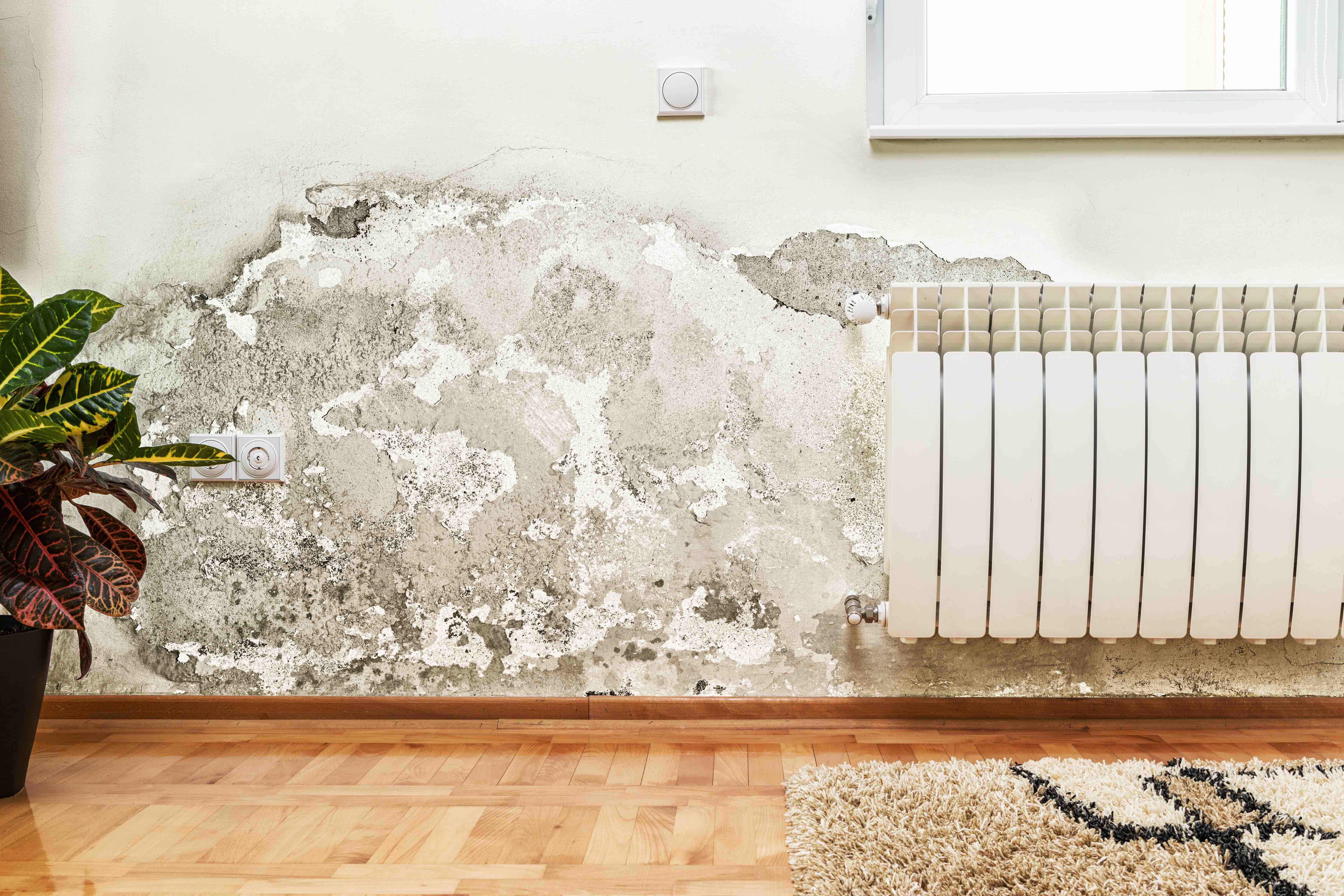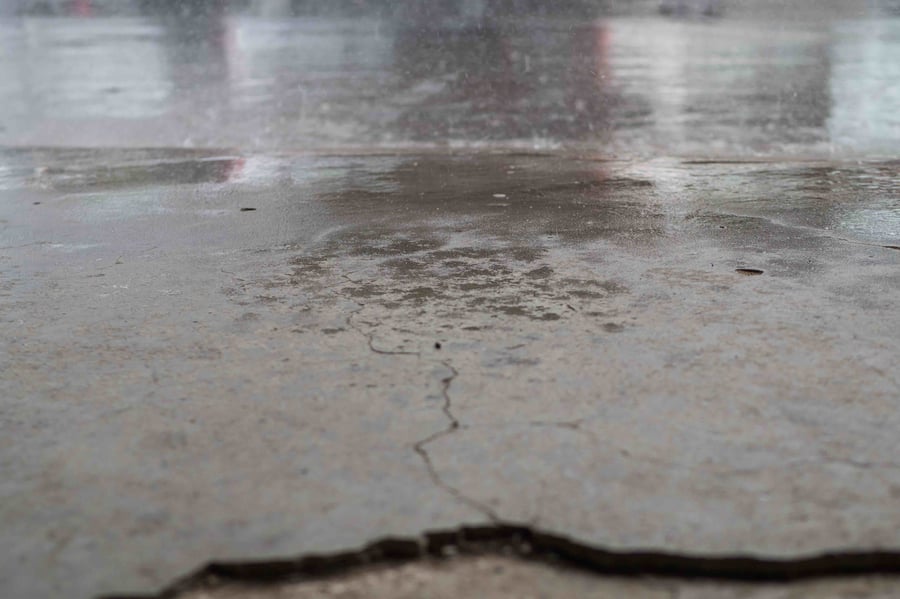Ensuring Completeness in Water Damage Restoration

Water damage restoration experts have to be incredibly thorough in their efforts to remove water-compromised materials from a structure. Likewise, they have to be careful that the structure is completely free of excess moisture and moisture intrusion sources before signing off that the job is done.
If any excess moisture is left behind, it could cause further damage to the structure or allow mold to grow. This can lead to health risks, frustrated customers and call-backs that can damage a restoration company’s bottom line and reputation.
However, making comprehensive checks of a building for moisture-compromised materials can be a difficult and time-consuming process. Ensuring completeness in water damage restoration work requires a specialized set of tools—such as restoration moisture meters.
Choosing the Right Moisture Meter for the Job
Restoration experts have to measure moisture in many different kinds of materials and surfaces. Flooring, insulation, walls, attics, ceilings and furniture can all retain moisture that could cause issues later on.
To get the most accurate results in the shortest time, restoration experts need to pick a moisture meter while considering:
- The Material Being Tested: Different moisture meters each have reading scales designed for specific materials. Wood moisture meters are best suited for getting accurate moisture content (%MC) readings in wood, drywall meters for gypsum, and so on. When using a meter that’s been calibrated for one kind of material (or a non-specific reference scale), the readings taken will be qualitative comparisons rather than quantitative measurements. Also, some materials are too porous for a pinless meter and must be tested with a pin-type meter.
- How Quickly Readings Can Be Taken Vs. Accuracy. Pinless moisture meters are able to quickly check large areas of a structure for hidden pockets of moisture. However, pin-type meters can provide information about how deep a moisture pocket goes or determine the boundaries of the moisture-compromised area.
- Documentation of Moisture Measurements. Having detailed records of the moisture conditions in a structure can be vital for proving the necessity of tear-out/dry-out procedures and resolving client disputes. Some moisture meters, like the Navigator Pro, can store readings with date, time, and location stamps to help with documentation.
For many restoration experts, it’s often best to use several different kinds of moisture meter to maximize speed and accuracy in different building materials. A drywall moisture meter might be used on gypsum wallboards, while a pinless wood meter might be used to quickly test large areas of wood flooring or walls.
Restoration experts may also need to carry extended-length probes to test deep inside layers of insulation.
Verifying Restoration Work is Complete
After dry-out/tear-out is finished, restoration experts need to be able to reliably establish that the ambient moisture level in the structure has gone down or returned to normal.
Here, having a thermo-hygrometer can be enormously useful. These devices can measure the relative humidity (RH) in a given area. In restoration work, tracking the RH of a room over time can serve as an indication of how successful dry-out operations have been. If the RH of the room doesn’t go down, it could be an indication that there is a moisture intrusion source nearby.
Moisture meters can be used to track down the source of excess moisture in a building, such as a leaky pipe, damaged roof, or gap between the foundation and the base of the wall in a building’s exterior. Once the source of moisture has been identified, you can take steps to remedy it.
To see if the ambient humidity in a moisture-compromised room has returned to normal levels, it can help to take RH readings in non-compromised rooms in the same structure. If the readings from the compromised room are similar to the uncompromised room, that could indicate a successful dry-out.
Moisture meters and thermo-hygrometers are incredibly useful tools for restoration experts—many consider them to be absolutely indispensable to their success. By using these devices to check their dry-out/tear-out work, restoration experts can minimize their chances of missing a hidden pocket of moisture or other moisture intrusion source, saving time, effort, and money on call-backs.
For more information about using moisture meters and thermo-hygrometers for restoration, check out the Complete Guide to Measuring Moisture in Restoration right now!
Subscribe to Our Blog
Post Related

Four Critical Reasons to Measure Moisture Content in Hay


